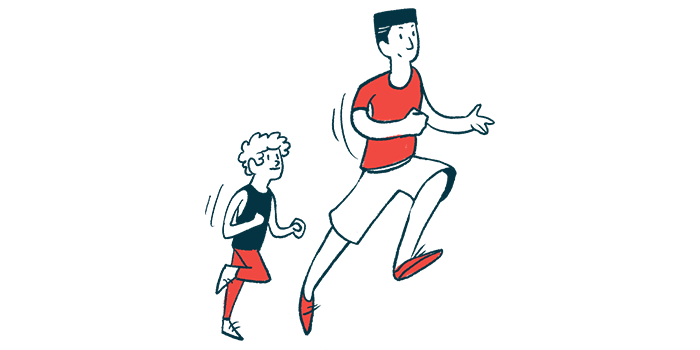NIH Grant Supports ALS Trial Into Brain Signals Controlling Movement

A five-year National Institutes of Health (NIH) grant worth $2.4 million will support an Emory University researcher’s use of artificial intelligence (AI) to accurately and quickly — in real time — decode the electrical signals sent by the brain to control movement.
Its ultimate goal is to find ways to “reconnect” the brains and bodies of people with paralysis due to amyotrophic lateral sclerosis (ALS), strokes, or spinal cord injuries, and a clinical trial is planned in ALS patients.
“Our focus is the underlying approach, these AI algorithms and what can they do for us,” Chethan Pandarinath, PhD, an assistant professor of biomedical engineering at Emory whose proposal was recognized with the NIH Director’s New Innovator Award, said in a press release.
“We think the same concepts can be useful if you’re controlling a robotic arm, reaching out and grabbing that coffee cup, or maybe driving implanted muscle stimulators … The application of the technology is the same: figuring out what the brain is doing and what does the person want to do,” Pandarinath said.
In the clinical trial, intended to launch this year, people with paralysis due to ALS will have an electronic sensor implanted in their brain. The sensors, which are able to record electrical brain activity, are an established technology similar to that used for deep brain stimulation, a surgical treatment for Parkinson’s disease which involves administering gentle electric impulses to specific parts of the brain.
To date, scientists have found it difficult to make any meaning out of the electric signals recorded during movements, since these signals appear chaotic and “noisy.”
Pandarinath and his team will try to make sense of data collected using an AI technique called “unsupervised” learning. As the name implies, this basically involves giving a computer a set of data, and then instructing it to find patterns in the data, without giving the computer rules in advance.
“We don’t worry about what the person was trying to do. If we just focus on that, we’re going to miss a lot of the structure of the activity. If we can just understand the data better first, without biasing it by what we think the pattern meant, it ends up leading to better what we call ‘decoding,’” Pandarinath said.
Unsupervised learning AIs have revolutionized other fields — these technologies are what help self-driving vehicles to understand their environments, and have even been used to teach computers how to play chess. Pandarinath is trying to apply the same principle to understanding neurology.
“That’s kind of our secret sauce,” he said. “We know these tools are changing the game in so many other AI applications. We’re showing how they can apply in brain-machine interfaces and impact people’s health.”
Previous work by Pandarinath showed that brain activity related to movement has patterns consistent across individuals, even in people who are paralyzed. These “fundamental signatures,” he said, also seem to apply across types of movement.
The research team will begin work by trying to use AI-based tools to help patients communicate, for example, by using a computer, before moving into trials using implanted sensors. Its focus is not on existing sensors, but on developing a technology that can best use data recorded by sensors in the brain.
“What NIH is looking for in this mechanism is ideas that they think are transformative — it’s a little bit hard to predict how it will go, but the idea has the potential to really change an entire field,” Pandarinath said, adding that moving the technology into clinical testing is “the only way we can make clinical impact.”
Pandarinath’s is one of 106 projects funded through the NIH’s High-Risk, High-Reward Research program for 2021, totaling about $329 million in funding given over five years, pending availability of funds. The NIH Director’s New Innovator Award specifically supports innovative research from early career investigators.






